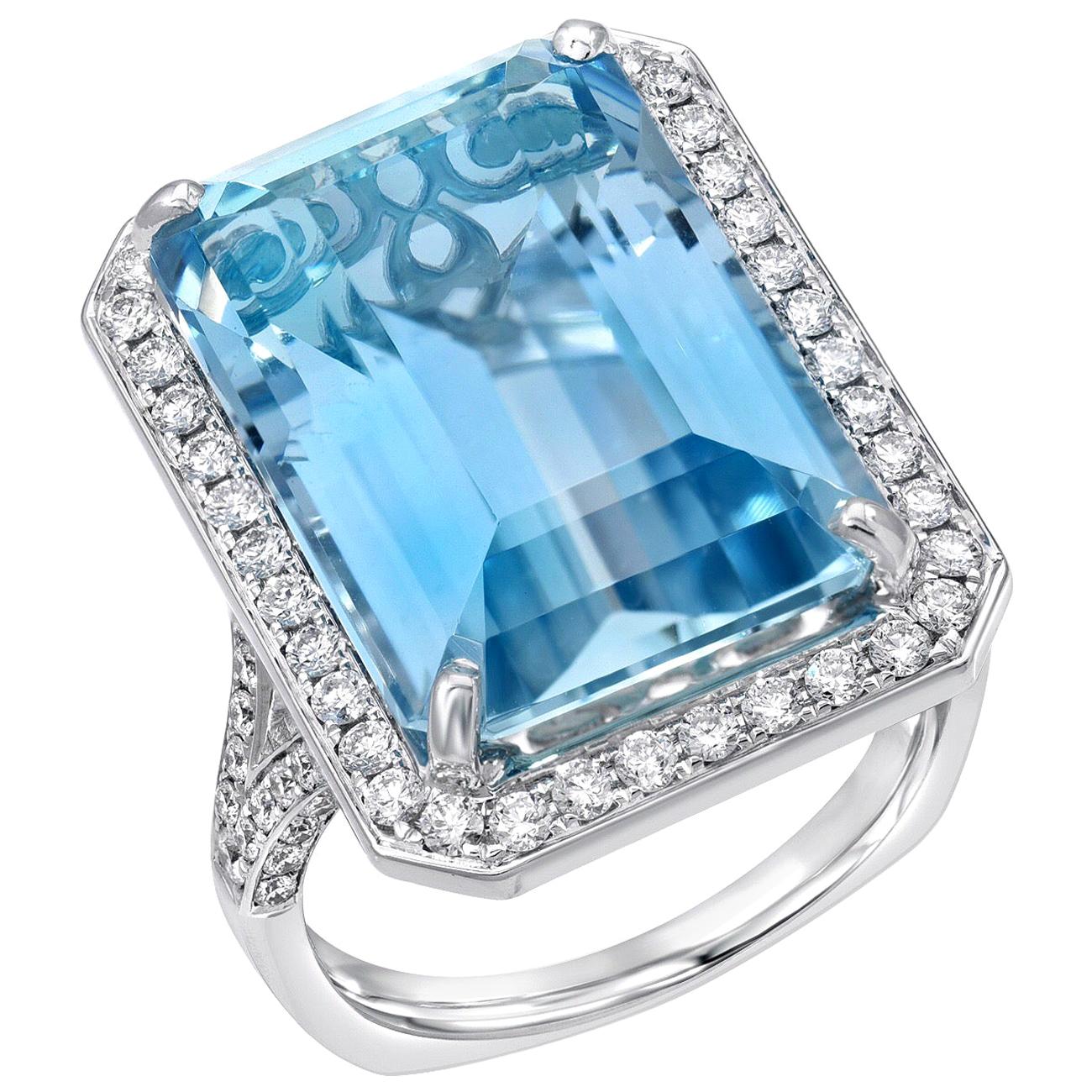
.jpg)
Diamond cutters realized that by executing a perfect Emerald Cut, particularly by faceting off the points of the pavilion, they could bring more fire into their diamonds. The Emerald Cut was standardized right around 1940 and has nearly replaced the Step Cut in diamond cutting, except when a non-rectangular polygonal shape is desired. Typically, the resulting gems were heavy in the crown with relatively small tables. The shape of the rough stone usually dictates the position and placement of the facets, allowing cutters to maximize the weight of the stone. While the Step Cut resembles the Emerald Cut, the first follows no set pattern or design. The Step Cut allows for many polygonal shapes, including square, rectangle, kite, or lozenge. These new cuts were called Step or Trap Cuts and are still used by modern gem cutters. These narrow facets were added along each edge of the table and the pavilion to further enhance a diamond's brilliance. So popular were the table cuts that most of the earlier point-cut stones were converted to table cuts during the Renaissance period.Įventually, eight more facets further modified the Table Cut. These large facets were effective in reflecting the light back through the diamond, thereby increasing its brightness. These first facets of a diamond, unfortunately, failed to release any of the stone's lustrous scintillation or fire.įurther experimentation led to the addition of a culet facet to the bottom of the stone. The flat surface was called a table, and the new cut was called a Table Cut.įrom here, the Old Single/Old Eight cut emerged as cutters began cleaving off the four corners. The first new cut emerged in the early 1400s, when cutters began slicing off the rounded surface. Their early attempts, made by hand, resulted in an even, pointed octahedron called a "point" cut, which remained the only cut available for diamonds for over 1000 years. It wasn't until the 13th century that diamonds were worn in cut form, when gem cutters discovered that diamonds could be polished and cut using their own dust. Being that diamonds are the hardest substance on earth, polishing and cutting were nearly impossible in ancient times. This cut finds its origins in the very first diamond cuts. The modern Emerald Cut has 58 facets, 25 on the Pavilion, 25 on the Crown, and 8 on the Girdle, with three rows of top steps and three rows of bottom steps. The Emerald Cut draws its name from the stone most cut in this rectangular shape-the viridian dream, emerald. The large table and deep pavilion prominent in an emerald-cut stone draw the light and the eye inward, deepening and intensifying the color to mesmerizing effect. The Emerald Cut has long been employed to enhance the richness of colored gemstones.

The 27 carat aquamarine gemstone rests snugly between four thick prongs, and its pristine Emerald Cut lends it an aura of regal majesty. This stunning vintage aquamarine cocktail ring is fashioned out of solid platinum and features 6 baguette cut diamond accent stones.


 0 kommentar(er)
0 kommentar(er)
